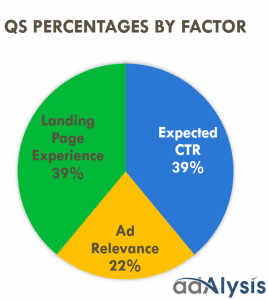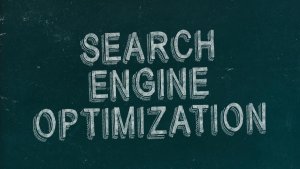Google Ads are those 3 (usually) positions you see at the top of search results and at the bottom of the page when you have type a phrase/keyword into the search box.
How do these ads work ?
Here I am going to walk through some of the basic steps to setup a Google Ad, campaign and ad groups. Google gets you to setup an account, add your billing information, setup a campaign and then ad groups under which your actual ads go. Along the way you will have added your researched keywords to the campaigns and/or ad groups. You can customise what keywords go to which campaign, ad groups or even ads.
Keywords
Keywords are what trigger the ads to be shown. Well Keywords, demographics and locations. Getting the keywords right and refined for your ad are extremely important. You need to make sure that the keywords triggering your ad to be shown are the keywords that are relevant to your product, service or event that you are advertising. No point being shown for family day out keywords when your an over 18’s heavy metal gig.
Demographics and Location
This is where you define where and who you want to see the ad. Say you are selling a widget specifically designed for the area in Brisbane. This widget you have spent a large amount of time getting to work and service people in that area. You jump online, setup your Ads and instead of selecting all of Australia, you select Brisbane only as the location of the people searching for your service.
Now with the Demographics, its similar to the Location setup. In developing your product you would have setup and thought about who your ideal customer is. Age, Income, location, work, hobbies etc. So you have a pretty good idea of who you want to sell to. So here you go into the Demographic menu item in Ads and select the group you want to target.
Ad Budget
When you are looking at your ad budget you have to decide what you are willing to spend per day and averaged out per month. The amount of money you allocate per day per ad group or campaign affects the amount of times your ad will be displayed during that day and how much you can bid per click. Obviously the less you spend the less your ad is displayed during any given day.
Ad Quality
This is a fairly important factor in how your ads are displayed. Optimisation of the ad, your keywords and the landing page you will often send the people who click on your ads too.
Google defines the quality as: “Quality Score is an estimate of the quality of your ads, keywords, and landing pages. Higher quality ads can lead to lower prices and better ad positions.”
The quality score you see in your account when you look at your ads, are an aggregate. An estimate of your ads performance in Google’s ad auction system. But because the quality score you see is an aggregated estimate Google must use a more immediate calculation during the bid auction process. Here they use “Real-time, auction-specific quality calculations of expected clickthrough rate, ad relevance, and landing page experience, among other factors, are used to calculate Ad Rank at auction time.“
This is why optimisation of your ad, it’s landing page and keywords is extremely important to the success of your ad during the ad bidding process. The better optimised your landing page, the text in your ad and the keywords you use to trigger ads the better your success in displaying and getting people to click.

As you can see from the pie chart above getting your Quality Score right is important. If you think you can simply bid more than others to get the first place or your ad shown then it isn’t going to work. Especially if they have a better quality score on their ads. In this case they could be outranking you in getting their ads shown and paying less per click than you are. That is not going to work. Your Return On Investment (ROI) is not going to be the same as your competitors.



